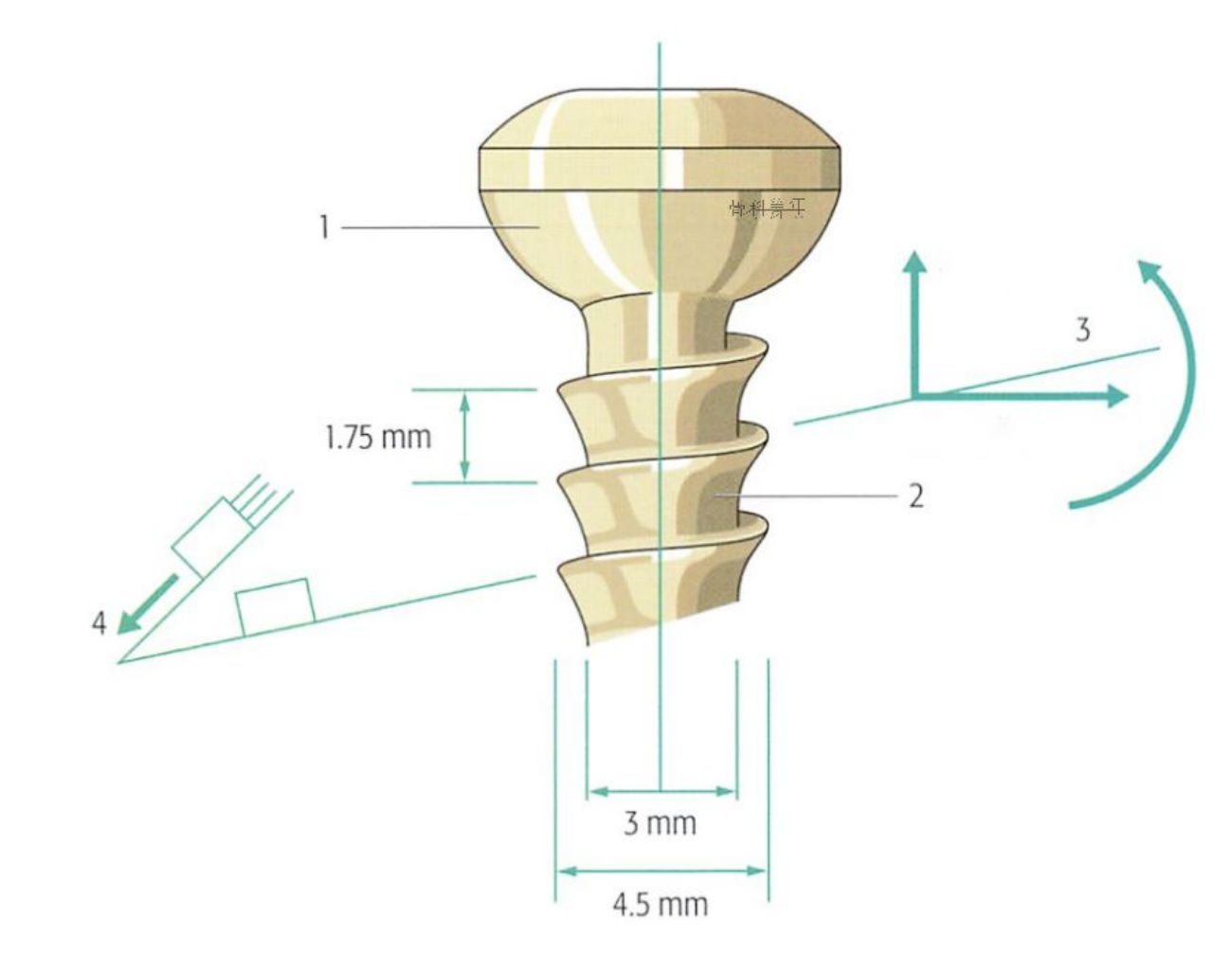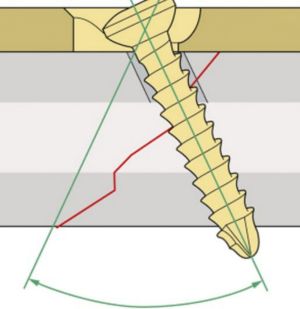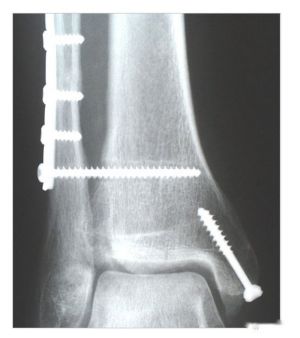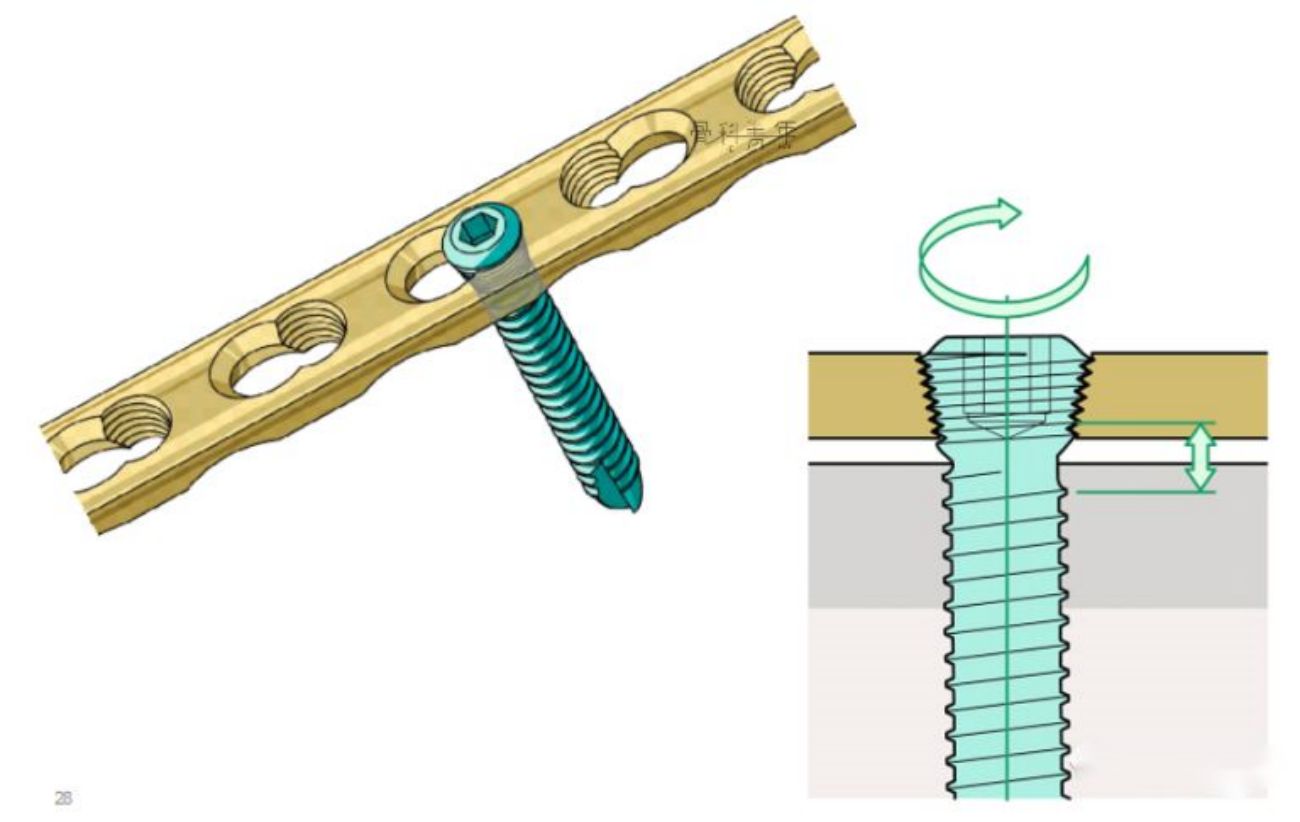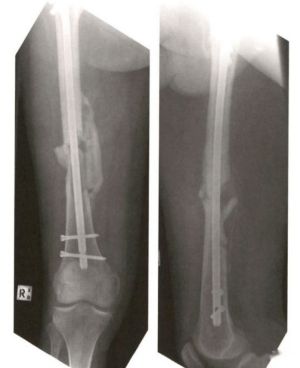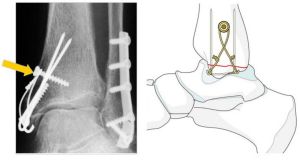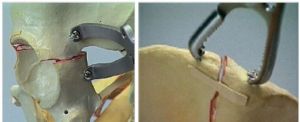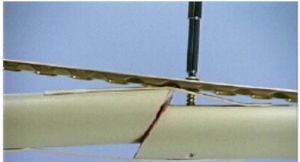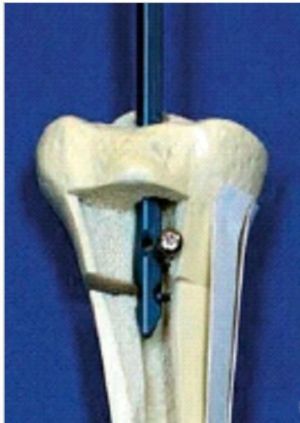Μια βίδα είναι μια συσκευή που μετατρέπει την περιστροφική κίνηση σε γραμμική κίνηση. Αποτελείται από δομές όπως ένα παξιμάδι, σπειρώματα και μια βίδα.
Οι μέθοδοι ταξινόμησης των βιδών είναι πολυάριθμες. Μπορούν να χωριστούν σεβίδες φλοιώδους οστούκαιβίδες σπογγώδους οστούανάλογα με τις χρήσεις τους,βίδες με ημι-σπείρωμακαιβίδες με πλήρες σπείρωμαανάλογα με τους τύπους νημάτων τους, καιβίδες ασφάλισηςκαι Αυλακωμένοβίδεςσύμφωνα με τα σχέδιά τους. Ο απώτερος στόχος είναι η επίτευξη αποτελεσματικής στερέωσης. Από την εμφάνιση των αυτοασφαλιζόμενων βιδών, όλες οι μη ασφαλιζόμενες βίδες αναφέρονται ως «κοινές βίδες».
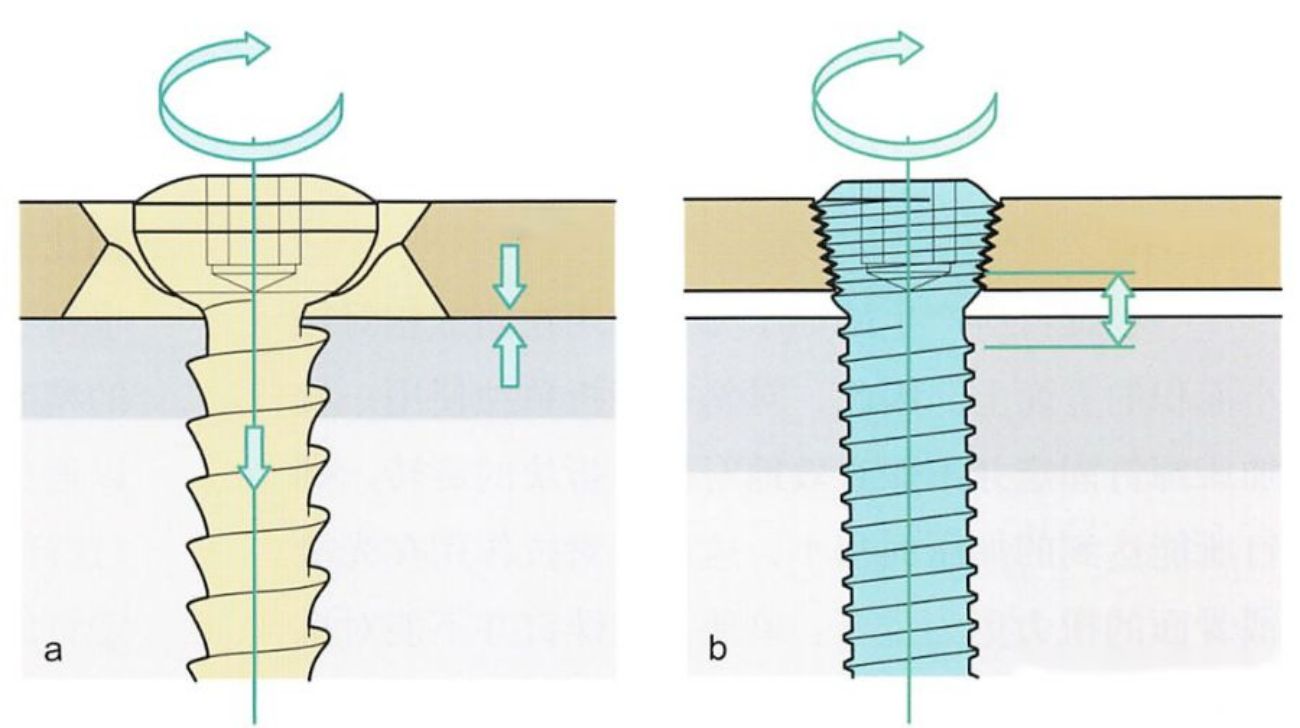 Cόμονβίδες και βίδες ασφάλισης
Cόμονβίδες και βίδες ασφάλισης
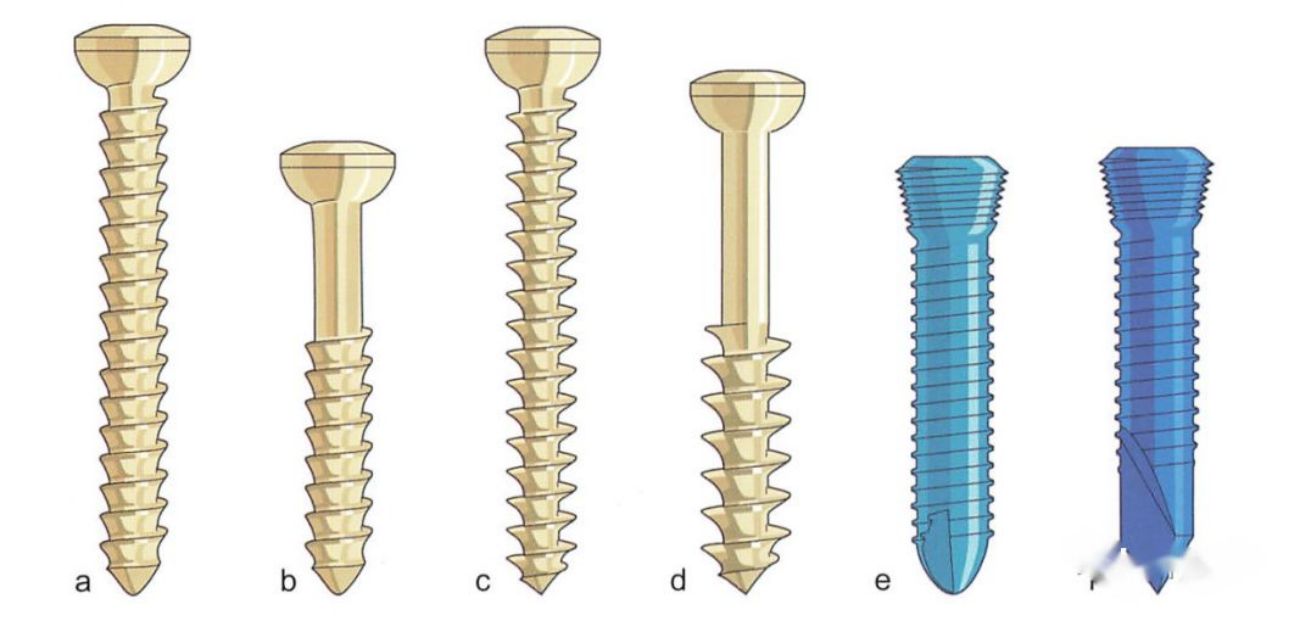
Διαφορετικοί τύποι βιδών: α. πλήρως σπειροειδής βίδα φλοιώδους οστού· β. μερικώς σπειροειδής βίδα φλοιώδους οστού· γ. πλήρως σπειροειδής βίδα σπογγώδους οστού· δ. μερικώς σπειροειδής βίδα σπογγώδους οστού· ε. βίδα ασφάλισης· στ. αυτοκοχλιούμενη βίδα ασφάλισης.

Αυλωτή βίδα
Λειτουργία της βίδαςs
1.βίδα πλάκας
Στερεώνει την πλάκα στο οστό, προκαλώντας πίεση ή τριβή.
2. Καθυστέρησηβίδα
Σχηματίζει συμπίεση μεταξύ των θραυσμάτων του κατάγματος χρησιμοποιώντας συρόμενες οπές, επιτυγχάνοντας απόλυτη σταθερότητα και στερέωση.
3.Βίδα θέσης
Διατηρεί τη θέση των θραυσμάτων του κατάγματος χωρίς να προκαλεί συμπίεση. Παραδείγματα περιλαμβάνουν κνημοπερονιαίες βίδες, βίδες Lisfranc κ.λπ.
4.Βίδα ασφάλισης
Τα σπειρώματα στο βιδωτό καπάκι μπορούν να ταιριάξουν με τα αντίθετα σπειρώματα στην οπή της χαλύβδινης πλάκας για να επιτευχθεί κλείδωμα
5.Βίδα αλληλοσύνδεσης
Χρησιμοποιείται σε συνδυασμό με ενδομυελικούς ήλους για τη διατήρηση του μήκους του οστού, της ευθυγράμμισης και της περιστροφικής σταθερότητας.
6.Βίδα αγκύρωσης
Χρησιμεύει ως σημείο στερέωσης για χαλύβδινο σύρμα ή ράμμα.
7.Βίδα ώθησης-έλξης
Λειτουργεί ως προσωρινό σημείο στερέωσης για την επαναφορά καταγμάτων με τη μέθοδο έλξης/πίεσης.
8. επαναφοράβίδα
Μια κοινή βίδα που εισάγεται μέσα από μια οπή χαλύβδινης πλάκας και χρησιμοποιείται για να τραβήξει τα θραύσματα κατάγματος πιο κοντά στην πλάκα για ανάταξη. Μπορεί να αντικατασταθεί ή να αφαιρεθεί μετά τη μείωση του κατάγματος.
9.Βίδα μπλοκαρίσματος
Χρησιμοποιείται ως υπομόχλιο για τους ενδομυελικούς ήλους για να αλλάξουν την κατεύθυνσή τους.
Ώρα δημοσίευσης: 15 Απριλίου 2023





